Адрес
304 North Cardinal St.
Дорчестер-центр, Массачусетс 02124
Часы работы
С понедельника по пятницу: с 7:00 до 19:00.
Выходные: 10.00 - 17.00

In modern healthcare, particularly in intensive care units (ICUs), the importance of effective patient care and safety cannot be overstated. The ICU is a high-stakes environment where every second counts, and having the right tools readily available is essential. One significant innovation contributing to this objective is the ICU pendant bridge. These advanced systems not only support medical equipment but also enhance the overall efficiency and safety of patient care. In this comprehensive blog, we will delve into the multifaceted aspects of ICU pendant bridges, exploring their benefits, real-world applications, and their profound impact on patient safety.
An ICU pendant bridge is a ceiling-mounted system designed to hold essential medical equipment and supplies in critical care settings. These pendants are engineered to provide healthcare professionals with easy access to monitors, IV pumps, and other necessary tools, fostering a centralized and organized workspace. By being suspended from the ceiling, ICU pendant bridges help maintain a clear floor space while ensuring that critical devices are always within reach.
| Характерная черта | Описание |
|---|---|
| Гибкость | Adjustable arms and modules for various setups, allowing for customized arrangements based on individual patient needs. |
| Оптимизация пространства | Saves floor space while providing easy access, crucial in crowded ICU environments where every inch counts. |
| Integrated Systems | Houses electrical and gas outlets, enabling seamless integration of medical devices without cluttering the floor. |
| Мобильность | Designed for easy repositioning, ensuring that the equipment can be adjusted based on changing patient needs or medical emergencies. |
| Safety Mechanisms | Built-in features that prevent clutter and enhance patient safety, reducing the risk of accidents within the ICU. |
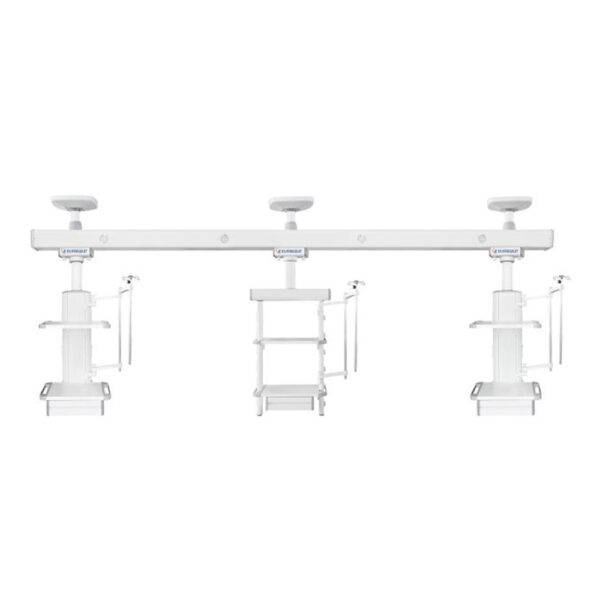

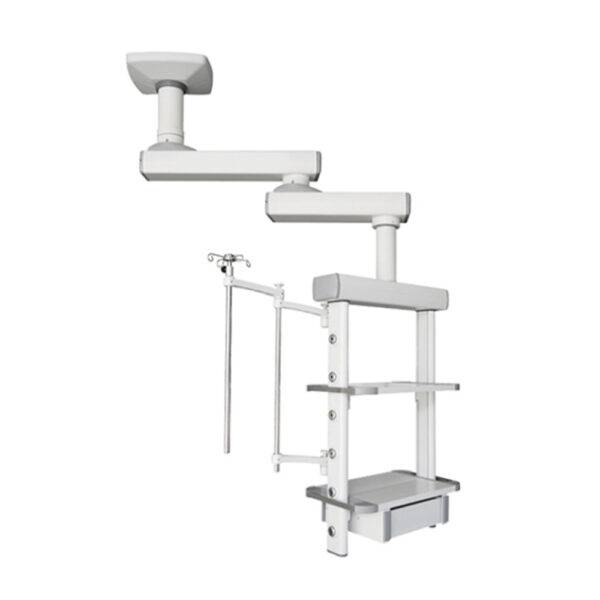


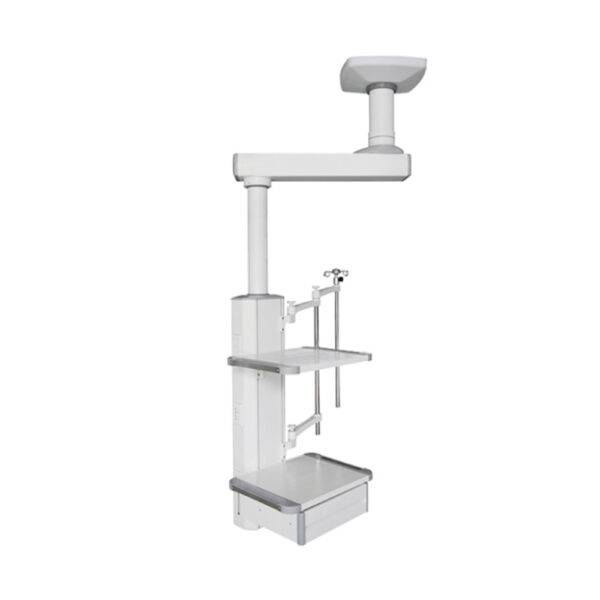
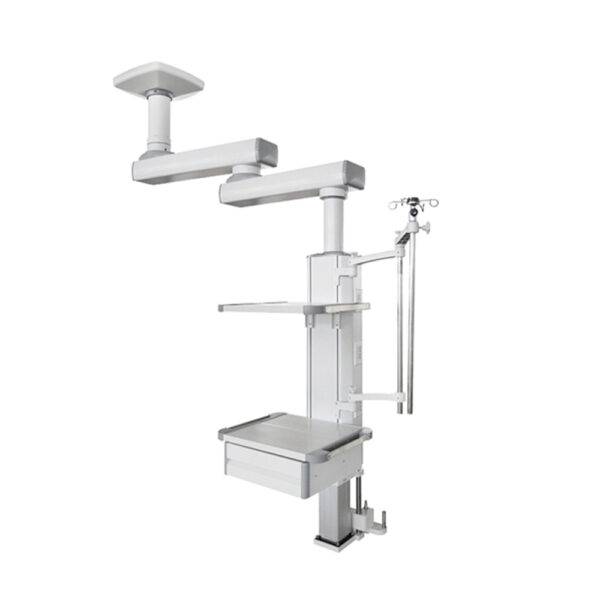
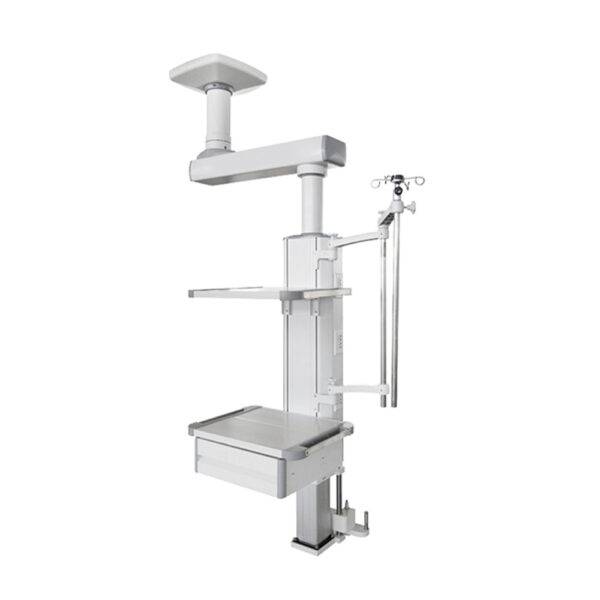
One of the standout advantages of ICU pendant bridges is their ability to enhance organization within the ICU. By strategically positioning essential equipment within arm’s reach, healthcare providers can maintain a clean and orderly environment. This organization not only improves efficiency but also ensures that critical devices are readily available during emergencies, significantly reducing the time spent searching for equipment.
Patient safety is a top priority in any healthcare setting, and ICU pendant bridges play a pivotal role in minimizing risks. By securely housing medical devices and supplies, these pendants help prevent tripping hazards and ensure that all tools are organized and accessible. This design is particularly important in the fast-paced environment of an ICU, where quick access to equipment can be a matter of life and death.
ICU pendant bridges provide healthcare staff with immediate access to critical equipment. In emergencies, every second counts, and having all necessary tools organized and easily reachable can make a significant difference in patient outcomes. The centralized design allows healthcare providers to focus on delivering high-quality care without unnecessary delays, thus improving the overall efficiency of the ICU.
As medical technology continues to evolve, pendant bridges are designed to adapt. Many pendants come equipped with integrated systems for electrical, gas, and communication needs, ensuring compatibility with the latest medical devices. This adaptability allows hospitals to incorporate new technologies without the need for extensive renovations, making ICU pendant bridges a smart investment for future growth.
ICU pendant bridges come in various configurations, allowing hospitals to customize them according to their specific needs. This versatility ensures that each ICU can maintain a layout that maximizes efficiency and patient care. Hospitals can choose from fixed or mobile units, different arm lengths, and additional modules for specific equipment types, creating a tailored solution that enhances their operational workflow.
The centralized design of pendant bridges significantly streamlines operations within the ICU. Staff can access necessary tools quickly, which contributes to faster response times in critical situations. By reducing the time spent searching for equipment or maneuvering around clutter, healthcare providers can devote their full attention to patient care, ultimately leading to better outcomes.
In an ICU, effective teamwork is essential for delivering optimal patient care. pendant bridges promote collaboration by providing shared access to equipment. When multiple team members can easily reach essential tools, it fosters an environment of cooperation and communication. This collaborative approach not only improves efficiency but also enhances the overall quality of care provided to patients.
Space constraints are a common challenge in ICU environments. ICU pendant bridges help manage this limited space by utilizing overhead areas, thus freeing up floor space for other vital activities. This strategic use of space is crucial for maintaining a safe and organized environment, allowing for better movement and access to patients when needed.
While ICU pendant bridges offer numerous benefits, there are challenges to consider during implementation:
The initial investment for ICU pendant bridges can be substantial. Hospitals must weigh the long-term benefits against upfront costs. Budgeting for installation requires careful planning and consideration of the return on investment, particularly in terms of improved patient outcomes and operational efficiencies.
Proper training is essential to ensure that staff can maximize the use of ICU pendant bridges. Continuous education on equipment use, safety protocols, and emergency procedures is crucial. Investing in comprehensive training programs helps ensure that all team members are familiar with the systems, leading to a smoother integration into daily operations.
Like any medical equipment, ICU pendant bridges require regular maintenance to ensure optimal performance. Establishing a maintenance schedule is vital for safety and functionality. Regular checks can prevent malfunctions and ensure that the systems are always ready for use, ultimately safeguarding patient care.
As technology continues to advance, several trends are likely to shape the future of ICU pendant bridges:
The incorporation of smart technology will enhance the functionality of ICU pendant bridges. Future designs may include features like real-time monitoring and data collection capabilities, allowing healthcare professionals to track equipment usage and patient data seamlessly. This integration can lead to improved patient outcomes and more informed decision-making.
Future designs are expected to offer even more customization options to meet the diverse needs of healthcare facilities. Hospitals may have the ability to tailor their ICU pendant bridges to fit specific workflows and patient care protocols, ensuring that every unit can adapt to its unique challenges effectively.
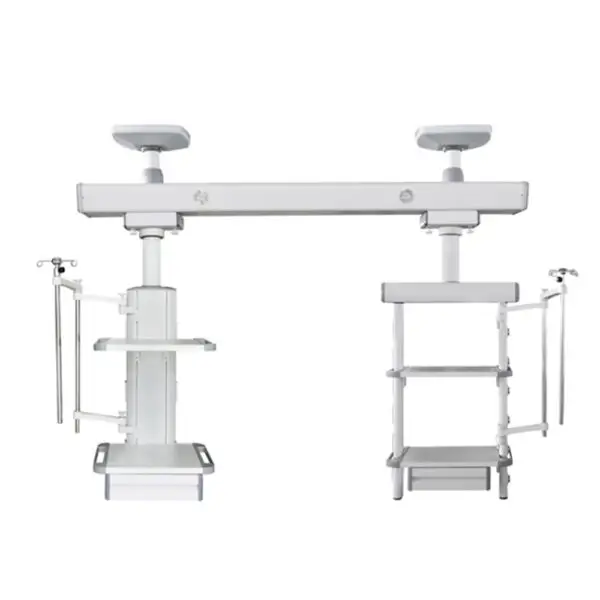
Improved ergonomic designs will focus on reducing strain for healthcare workers while maintaining patient safety. Future ICU pendant bridges may incorporate adjustable heights and intuitive designs that cater to the comfort and efficiency of staff, leading to better workplace satisfaction and productivity.
In summary, ICU pendant bridges are essential tools that significantly enhance patient care and safety within hospitals. Their ability to organize medical equipment, improve accessibility, and streamline workflows plays a pivotal role in optimizing the quality of care provided in ICUs. As healthcare facilities continue to adopt these advanced systems, we can expect ongoing improvements in patient outcomes and operational efficiency, underscoring the importance of innovative solutions in modern medical practice.
Q:What are ICU pendant bridges?
A:ICU pendant bridges are overhead systems that support medical equipment and supplies in intensive care units, improving organization and accessibility for healthcare providers.
Q:How do ICU pendant bridges enhance patient safety?
A:By minimizing clutter and providing easy access to essential tools, ICU pendant bridges reduce the risk of equipment-related accidents, which is critical in high-pressure environments.
В:Есть ICU pendant bridges customizable?
A:Yes, ICU pendant bridges come in various configurations and designs to meet the specific needs of different healthcare facilities, allowing for tailored solutions in patient care.
Q:What are the maintenance requirements for ICU pendant bridges?
A:Regular maintenance is essential to ensure the optimal performance and safety of ICU pendant bridges, necessitating a scheduled upkeep plan that includes checks and repairs as needed.
